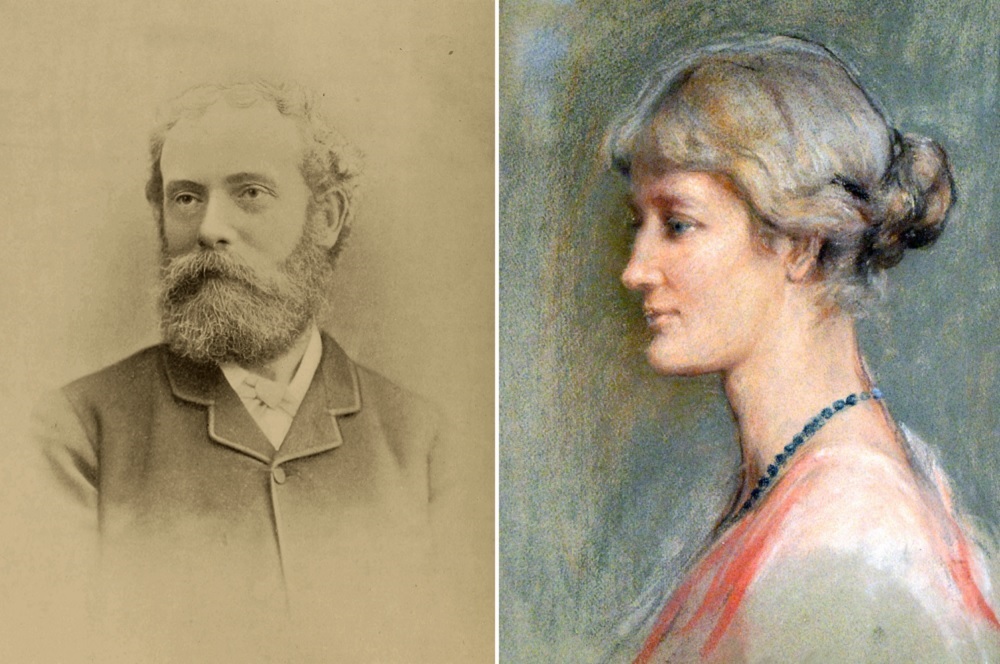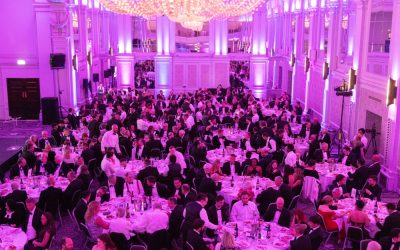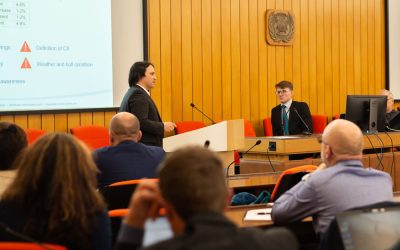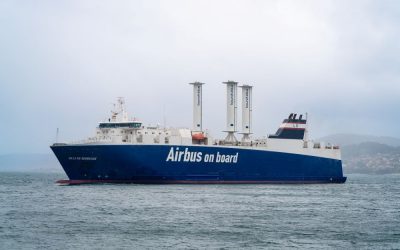Continuing his ongoing series looking at some of RINA’s most notable members, resident historian Mark Barton looks at the contribution of Sir John Thornycroft and his daughter Blanche Thornycroft
The father and daughter team of Sir John Isaac Thornycroft (1843-1928) and Blanche Thornycroft (1873-1950) both played key roles with the Royal Institution of Naval Architects (RINA). Sir John was an Honorary Vice President and Blanche was one of the first three female members; while John’s is perhaps the better known Blanche’s contribution was equally significant.
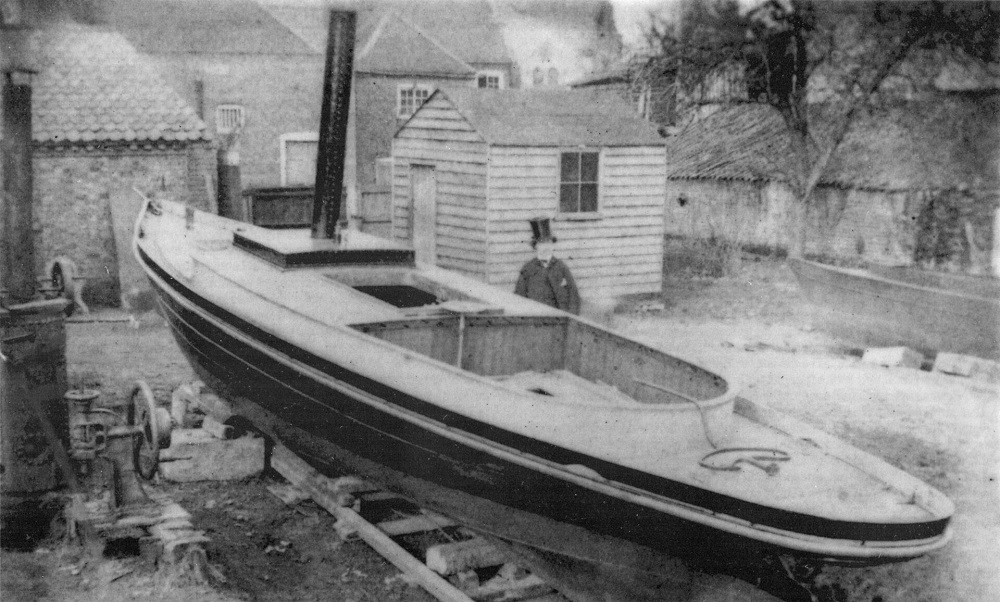
John Thornycraft pictured with his early creation, the fast steam launch Nautilus
Sir John was founder of the Thornycroft shipbuilding company and attended the Royal School of Naval Architecture Marine Engineering at South Kensington during its short lifetime. He then began building a fast steam launch Nautilus in his own father’s study. In 1862 it proved to be the first steam launch with enough speed to follow the contenders in the Varsity boat race on the Thames and prompted his father to purchase some land on the Thames at Chiswick to start his boat building career.
While building up his own business John continued studying both in other yards and at university. On his move to full time at his own yard in 1871, he built the fast steam yacht Miranda, and proved small vessels could reach speeds that were thought to be unattainable. Further orders followed including Gitana, in 1876 and capable of 20.8 knots (38.5 km/h; 23.9 mph).
This skill in producing fast vessels led to work in the more lucrative defence industry building torpedo boats. His first was for Norway in 1873 but once Whitehead developed his self-propelled torpedoes the boat type found its form including HMS Lightning for the Royal Navy. John Thornycroft was not the only supplier but his influence was so big that the Encyclopaedia of Ships and Shipping characterised him as ‘the founder of the torpedo-boat industry’. Sir John endeavoured to continue to improve his propulsion system and built the first ship in the Royal Navy with water Tube Boilers in 1894.
Thornycroft also tried to solve the problem of how to reduce rolling in ships. He bought the yacht Cecile of 300 tons and installed a device consisting of a six-ton moveable watertank, controlled by hydraulic cylinders and presented his results to the Institution of Naval Architects in 1892. Although his invention was able to dampen rolling, it did not catch on. However, it is the same basic principle used by the COGITE system currently on French aircraft carriers.
In the latter years of the 19th century the size of vessels required by the Navy grew to the point at which, if they were launched at Chiswick, parts of the superstructure had to be removed in order to allow them to pass under the relatively low bridges on the Thames to sail on trials. For Thornycroft the solution was to move the bulk of their operations to Woolston, Southampton, in 1904.
As part of this move, Sir John relocated the family home to Bembridge on the Isle of Wight, and developed new facilities to explore ship design. The garden had a lily pond in which Sir John hid sophisticated measuring equipment behind a pump-driven decorative waterfall. Once the waterfall was turned off and the waves died down, the pond became a testing tank. This enabled the construction of scale models which were then tested by being towed in the water. This was later replaced by a larger purpose-built testing tank elsewhere on the estate.
Family business
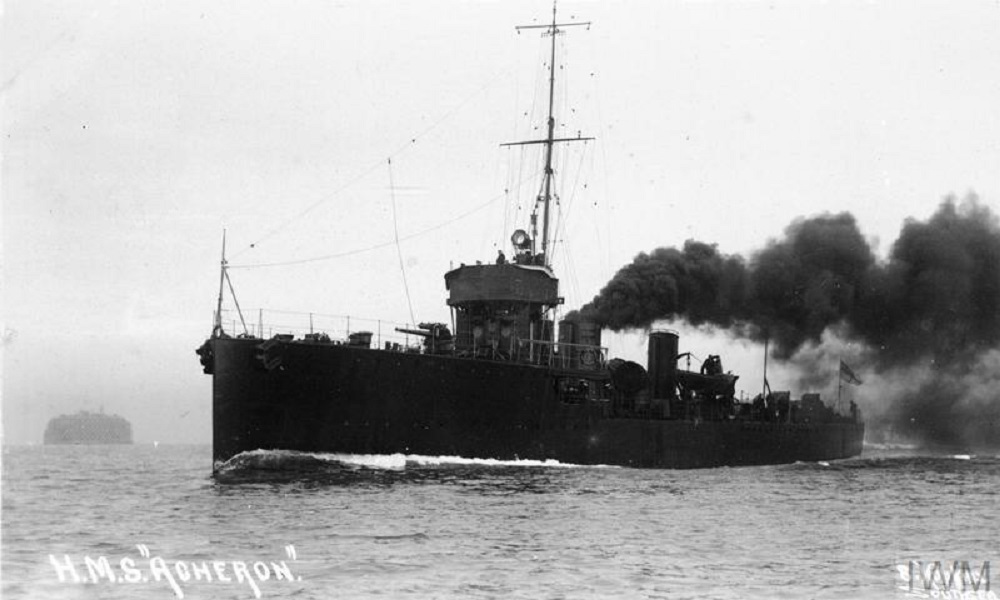
One of a series of destroyers, HMS Acheron was built at the Thornycroft shipyard Woolston and launched in 1930. Source: Imperial War Museum
Thornycroft was very much a family business and this extended to one of Sir John’s daughters, Blanche. She appears to have been heavily involved in the work of the test tank, if not the key person conducting the experiments, from at least 1907 until the end of World War 2. Vessels tested on the estate included racing motor boats, which developed into Coastal Motor Boats, Acasta and Acheron Class Destroyers for the Royal Navy, motor torpedo boats, Royal Air Force Rescue Launches, and RNLI Lifeboats.
Other work followed with diversification into steam lorries and a search for ever faster boats. He tried different hull shapes as well as engine improvements and established a stepped hydroplane hull that enabled Miranda IV to reach 35 knots.
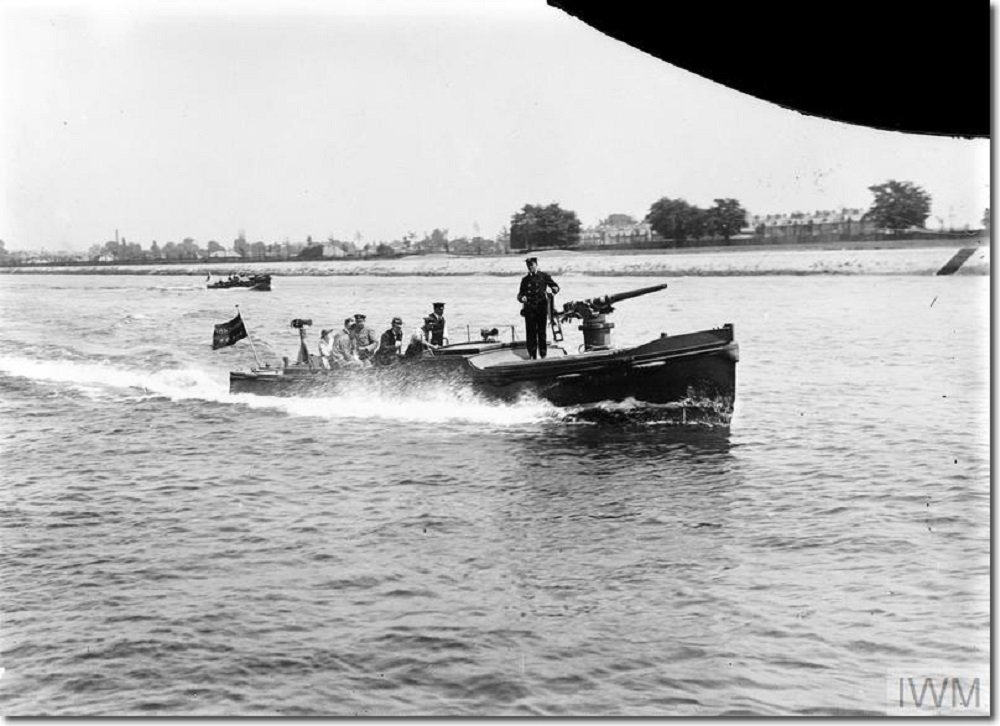
Designed by Blanche Tornycroft, Mimi and Toutou (in the background). Source: Imperial War Museum
Two of the notable craft that appear in Blanche’s notebooks are Mimi and Toutou, which were built for ‘The Tanganyika Naval Expedition’ in 1915. The plan involved sending out from England two motor-boats of a speed and armament range to defeat three much larger German-armed vessels, which were used to give the Germans command of Lake Tanganyika, and threaten what was then called Rhodesia (now Zimbabwe).
The vessels were sent to Cape Town, and thence by rail, road and river to the lake, The two boats under Lieutenant Commander Spicer-Simson, were in action in December 1915, capturing the first German vessel, renaming her HMS Fifi. They then sank the second, with the support of a couple of Belgian vessels. The last one was scuttled later after her armament had been removed to support the land campaign.
Blanche continued working at the testing tank until the mid-1930s, being involved in the early work on an RAF rescue launch at that time. She resigned her membership of RINA in 1948 and died in 1950 and alongside Rachel Parsons was a founder member of the Women’s Engineering Society. Two of John’s other children, John Edward and Isaac Thomas (known as Tom) would go on to be involved in the family business with John junior and his son another John both serving as chairmen of the company.
